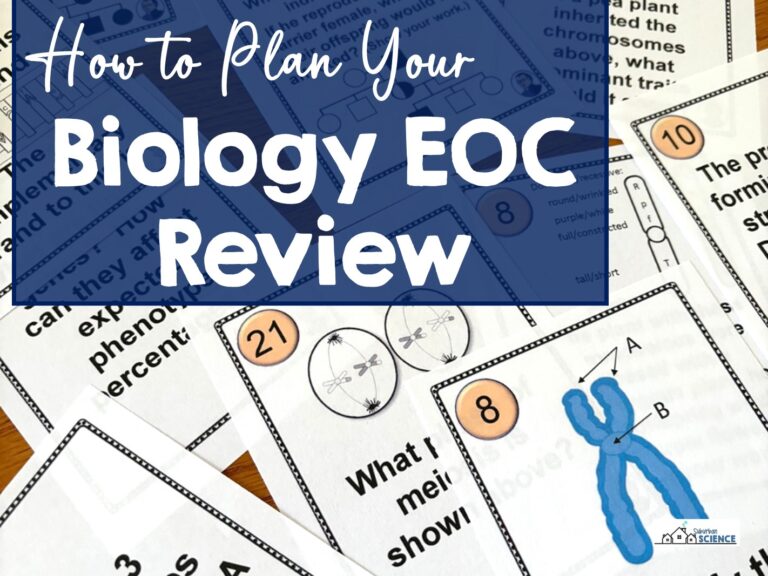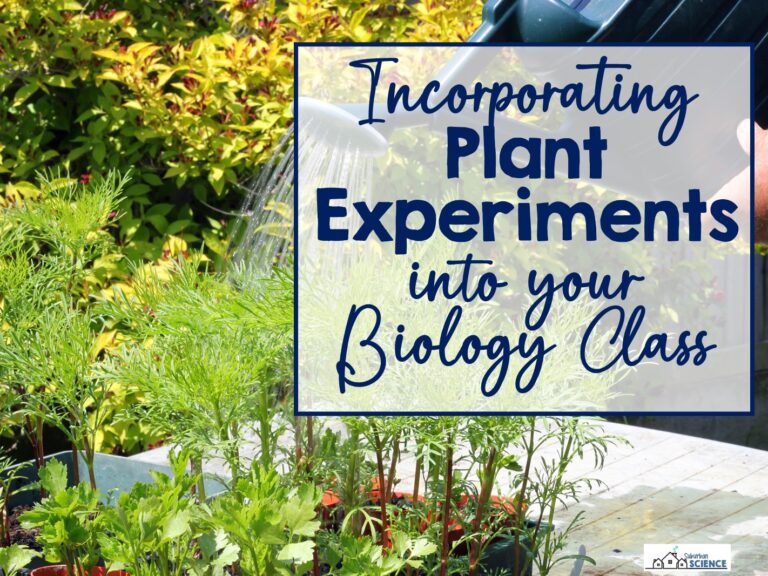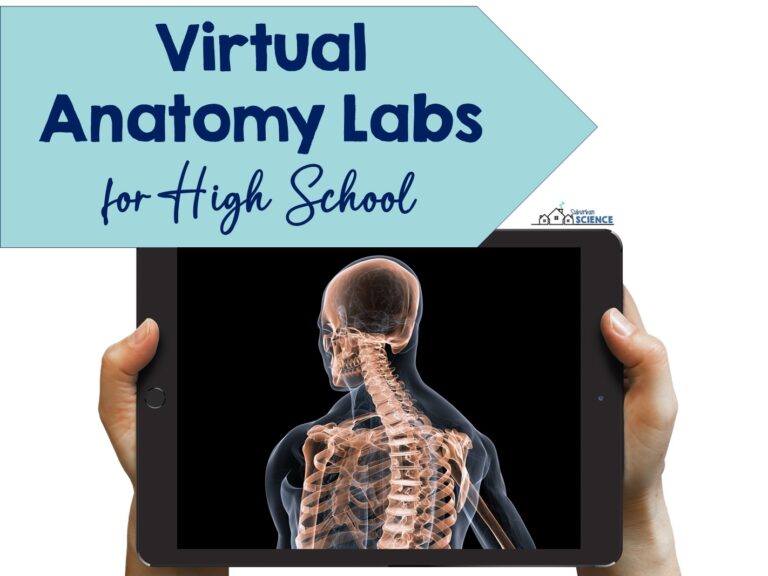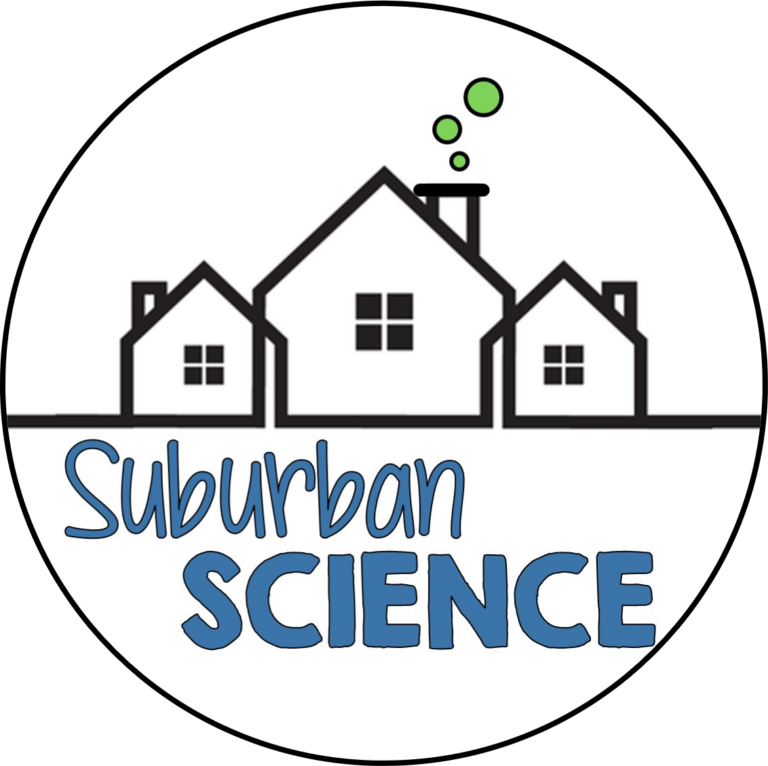The lab portion of a high school Anatomy and Physiology course provides abundant opportunities for hands-on, engaging learning. Lab activities help make content more meaningful, and students generally enjoy doing them. If you are looking for new labs to incorporate into your course, here are 5 of our favorite types of anatomy and physiology activities for high school:
Microscopy Labs
Students love using a microscope! Although many anatomy teachers find histology (the microscopic study of tissues) daunting, adding it to your course can help students make connections between cellular structures and physiological functions. These labs also allow students to make deeper connections with the content and refine the microscopy skills they will need for future courses (while also enjoying the benefits of seeing lots of interesting things in your classroom)! Add some histology labs to your anatomy and physiology activities this year to provide opportunities for students to practice making histological drawings and answer questions about the tissues they observe.
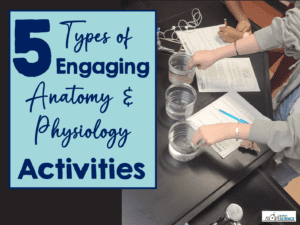
Dissection Labs
As I have mentioned before, I have found that dissection labs are one of the most interesting anatomy and physiology activities for students. Many students have a greater appreciation for the complexities of living organisms after the dissections are completed. Additionally, for students headed to health science fields, dissection provides a unique look at the abstract and hidden anatomical structures they are required to learn and helps them prepare for labs in college and beyond. If you aren’t confident about incorporating more dissection labs into your classroom this year, check out our previous blog post on dissection lab tips for teachers.
Experiential Anatomy and Physiology Activities
Experiential anatomy labs give students the chance to learn more about the human body by collecting data on themselves and their peers. These lab activities provide opportunities for students to apply their theoretical knowledge of anatomy to real-life experiences. For example, using a muscle fatigue lab allows students to purposely fatigue muscles, reflecting on why they “burn”. Likewise, a lung capacity lab encourages students to compare vital and total lung capacity among their peers by seeing how much air their own lungs will hold. As long as these experiential anatomy lab activities are used wisely and with teacher supervision, they can provide an invaluable opportunity to make real-world connections.
Station Activities
Would you like to get your students up and moving and cover a lot of content quickly? Station labs can easily accomplish both! Stations are just one way to incorporate movement in your science classroom, which increases blood flow to the brain and improves cognitive function. Additionally, stations provide opportunities for students to read and interpret relevant texts, which improves scientific literacy. Station labs can also benefit teachers by cutting down on the amount of materials and lab equipment needed. For example, a single microscope could be used at one station and all students rotate and have the opportunity to use it.

Modeling Labs
Modeling labs are ideal for identifying student misconceptions and ensuring students have a firm grasp of course content. Additionally, many NGSS standards include modeling components. Models do not require expensive materials and can often be made with materials you already have around the classroom. For example, students can model epithelial tissues with modeling clay or simulate vocal cords with rubber bands. Looking to really capture their attention? Use food for modeling! In our candy compact bone lab, students use Swiss rolls and candy to model bone anatomy terms. We also love using models to demonstrate processes or concepts that can be challenging to understand, like the physiology of the neuromuscular junction or the biochemistry of muscle contraction.
We hope that this list will spark some ideas that you can use to incorporate new and engaging Anatomy and Physiology activities in your classroom!

